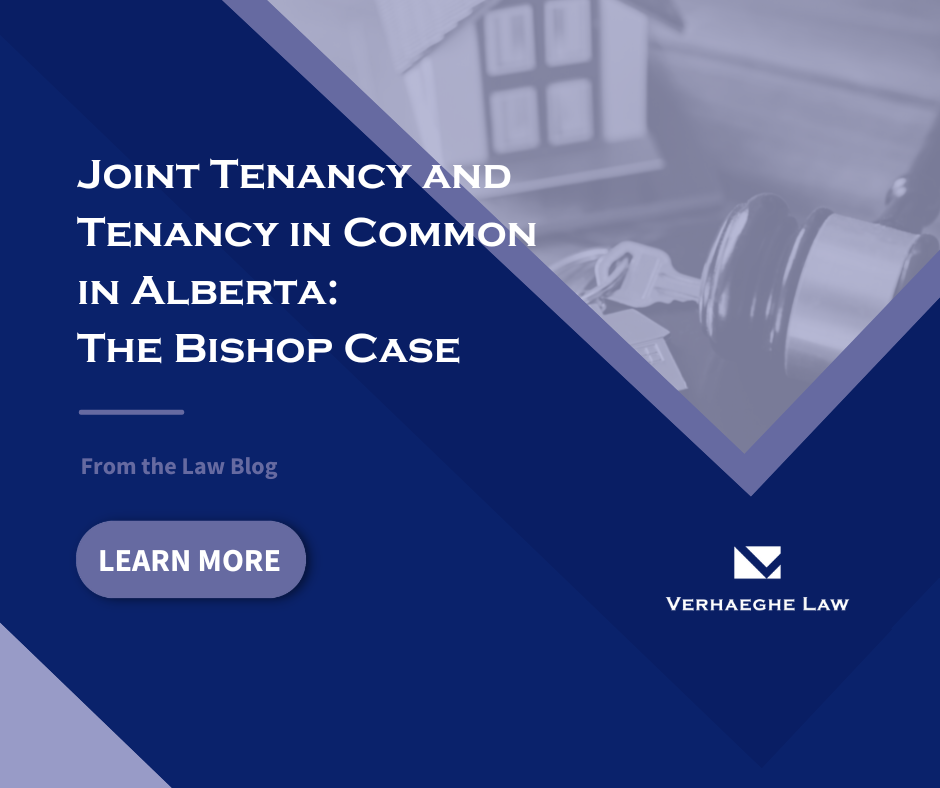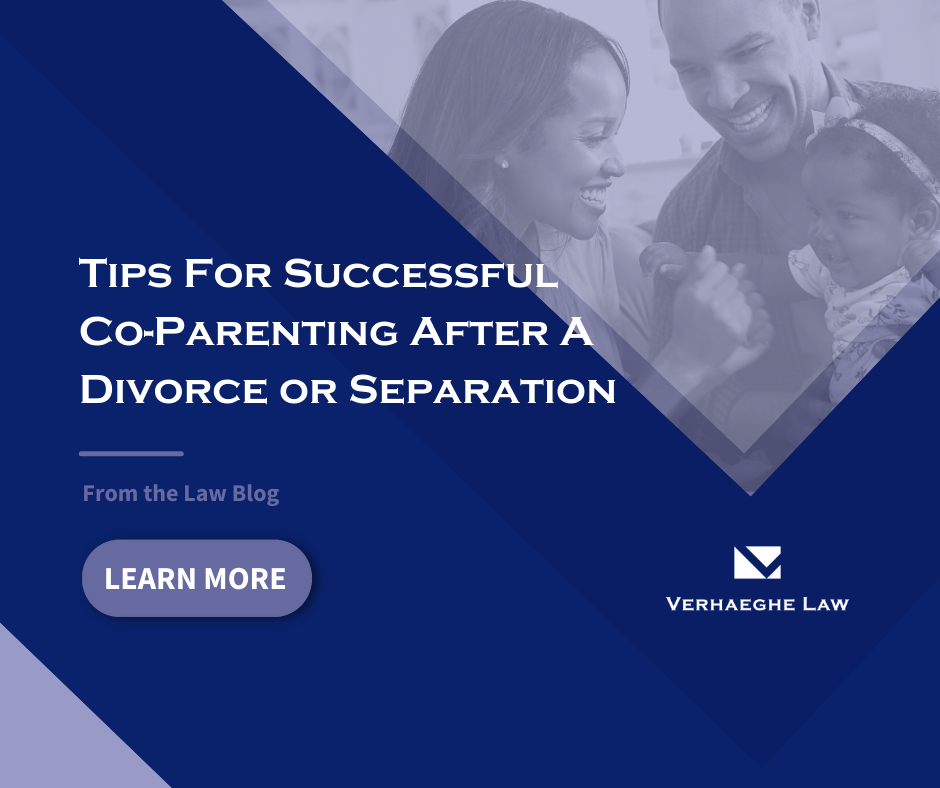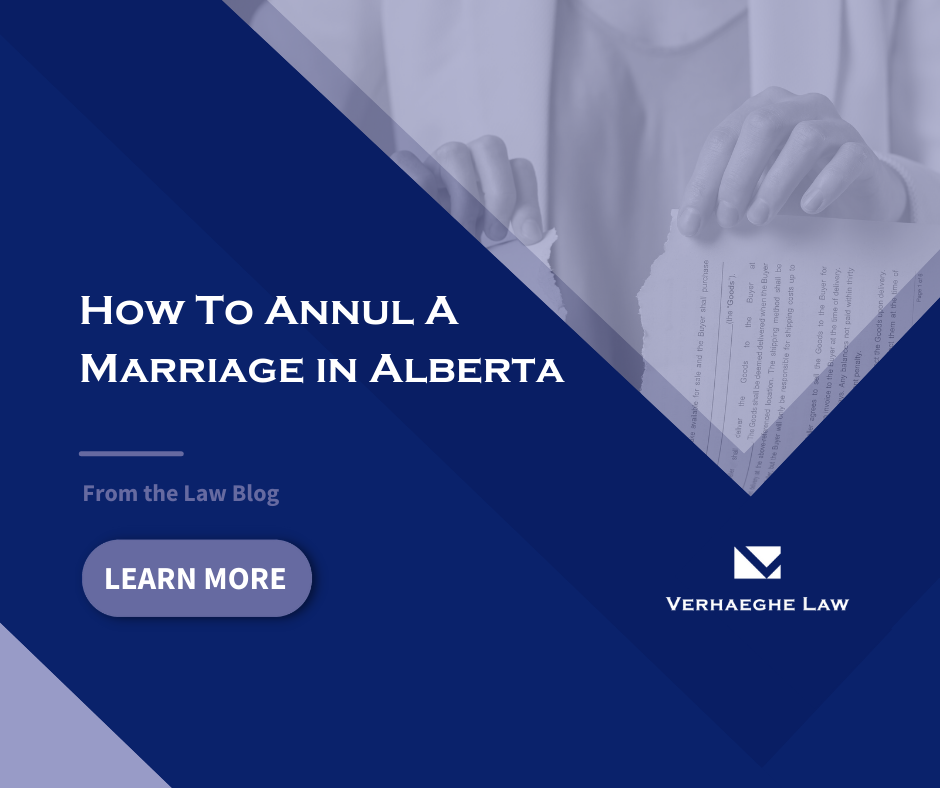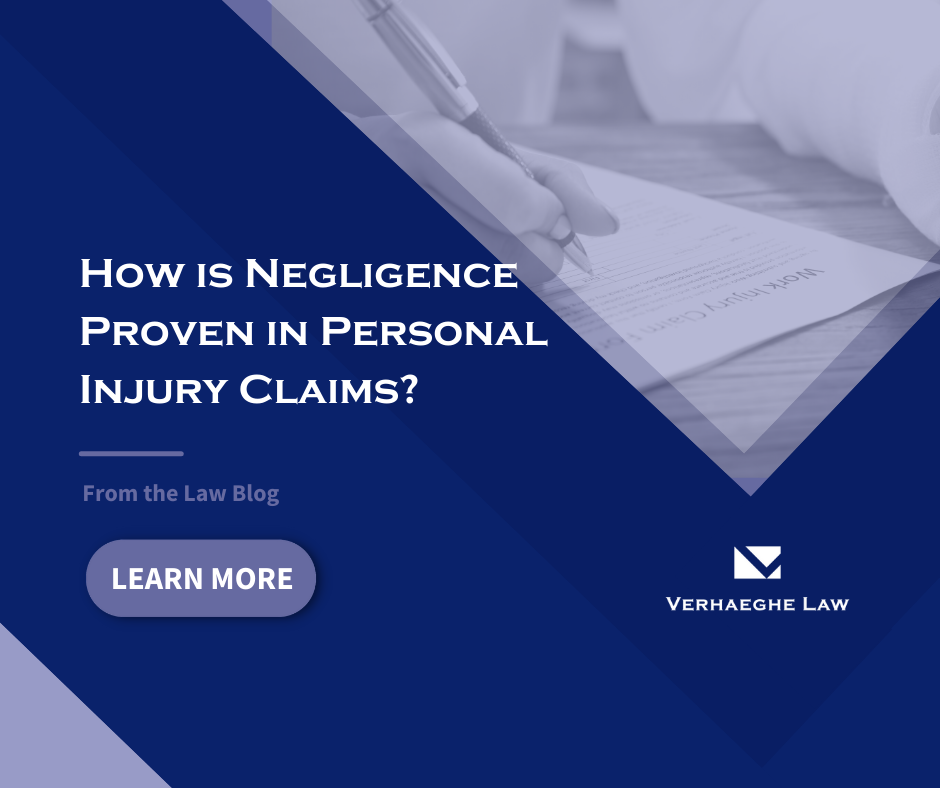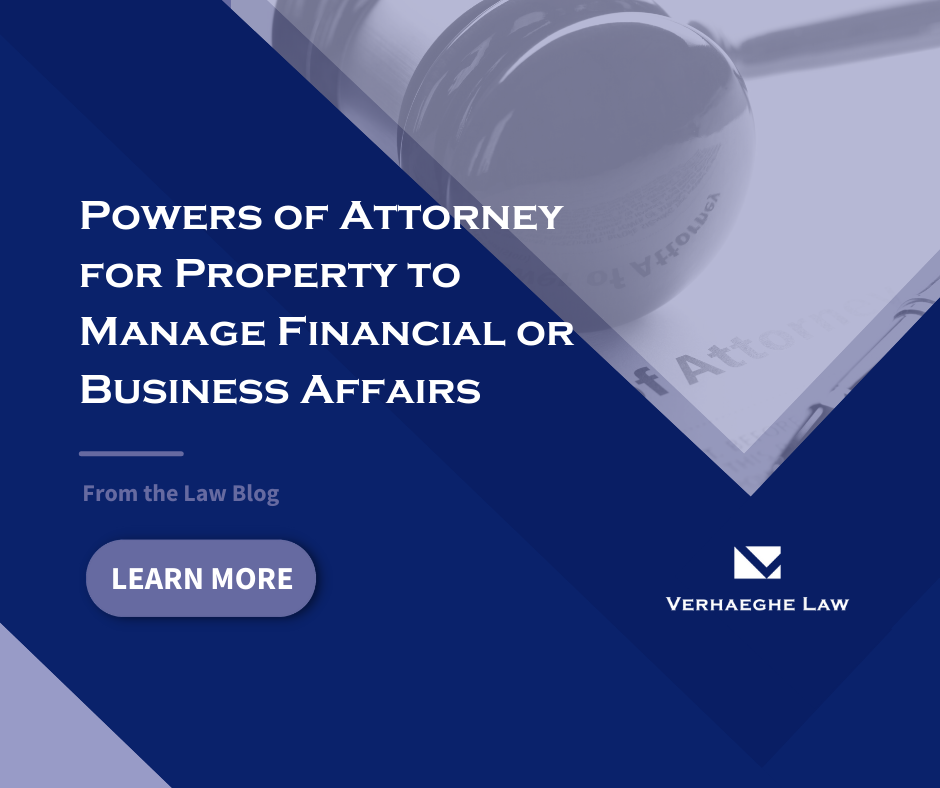Steps to Take After a Car Accident in Edmonton
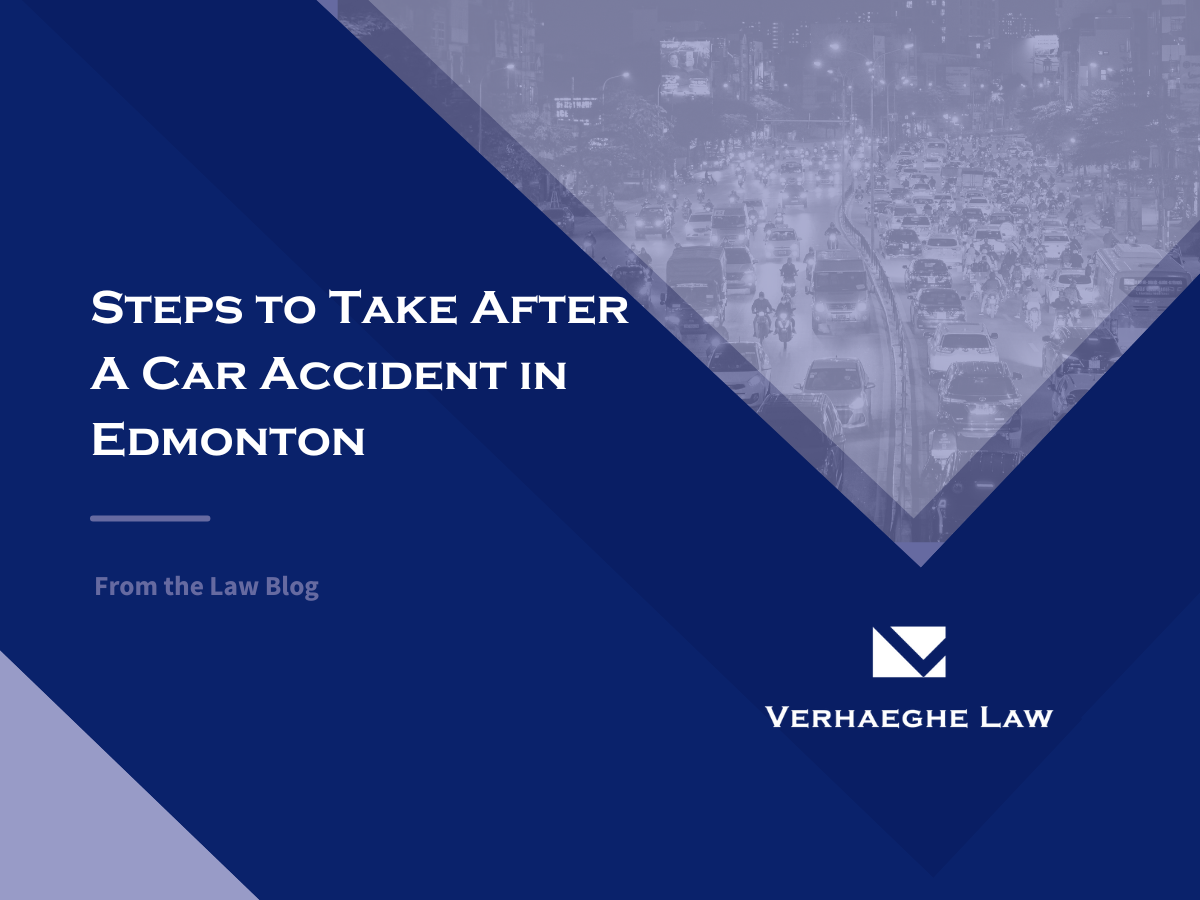
Car accidents are a leading cause of injury in Canada, with over 100,000 people a year injured in motor vehicle collisions. While there are a set of preventative actions you may take to mitigate the risk of an accident, the unfortunate reality is you cannot control the behaviour of your fellow road users. Adverse weather conditions, the influence of intoxicants, or even a momentary lapse in judgment can lead to devastating consequences.
If you have been injured in a car accident as a result of another driver's negligence, you may be eligible to receive compensation. This may be invaluable in covering the costs of medical and rehabilitative treatments, income lost during your time of recovery, and potentially more. Contact our Edmonton personal injury lawyers to discuss your particular case, and see how Verhaeghe Law may be able to help you.
First Moments After a Car Accident in Edmonton
The first moments after a car accident can be confusing. Your body might be in shock. Depending on where the accident took place, other people may be around, responding in any number of ways.
If it is safe to do so, take stock of the situation. Check in on yourself - have you been injured? Has anyone in your vehicle been injured? Assess the status of any other people affected, be they in another car or pedestrians, cyclists, or other road users.
Call 911 immediately if:
- Somebody has died, or is in danger of dying.
- Somebody has been seriously injured and needs medical attention. This includes any cyclists or pedestrians that may have been hit.
- One or more of the drivers have been driving while intoxicated.
- You have reason to suspect the other vehicle is stolen.
- There has been an assault.
- The collision involves an uninsured or suspended driver (be mindful that not having an insurance card is not necessarily proof that the vehicle is uninsured).
- Damage has been done to municipal, highway, or private property.
If in doubt, call 911 and relay the information you have. The safety of everyone involved is paramount.
Getting Out of Harm's Way
If it is safe to do so, move your vehicle off the road and turn on the hazard lights. If your car is unable to move, turn on the hazard lights and set up road flares, if you have them.
Emotions often run high in the immediate aftermath of an accident. Remember to take a deep breath, and keep in mind that this is likely a stressful situation for every single person involved. Getting out of harm's way includes physical safety, but it also includes being mindful of the ways in which you interact with others.
As much as possible, try to maintain composure as you focus on the necessities of the task at hand: ensuring that everyone is safe, and collecting information about the accident.
Collecting Information After a Car Accident
Take photos or videos of the accident scene, including any vehicles involved, any property that may have been damaged, the conditions of the road, and anything else you think may be relevant.
Exchange contact information with the other driver(s), including their name, phone number, email address, and home address. Take a photo of their insurance, driver's license, license plate, and any other identifying information about the vehicle (e.g. its make, model, and colour).
Write down the names and contact information of anyone else who was involved or witnessed the accident. This may be useful should you choose to pursue a personal injury claim.
Reporting Damage
If the combined damage of all vehicles involved exceeds $2000, you must report it to the police. Failure to do so may result in a fine.
As soon as possible, report your accident to a Collision Report Centre near you. This involves taking your vehicle to the collision centre, either by driving it yourself or by having it towed there. You must report a collision in the jurisdiction where it occurred.
If the total damage is less than $2000, you may be able to file a claim directly with an insurance company.
Speak With an Edmonton Personal Injury Lawyer
Depending on the circumstances of your accident, you may be eligible to receive financial compensation. If your injuries from the accident were caused by the negligent actions or inactions of another person, you may be able to recover a monetary sum to cover the costs of damages you have incurred.
From medical bills to ongoing treatments, the need of attendant care, and wages you may have to forego while you focus on your recovery, and more, the costs of a personal injury can accrue substantially.
At Verhaeghe Law, we understand the stressful nature of navigating a personal injury claim while also striving to heal. When you speak with our Edmonton personal injury lawyers at your initial consultation, we will listen carefully to your story, and provide insights into possible next steps. It is our goal to ease your stress and provide you with the guidance you need to make informed decisions.
Contact Our Edmonton Personal Injury Lawyers Today For a Consultation
Car accidents can be profoundly traumatic on both a physical and emotional level. The resulting injuries may forever alter the course of a person's life. If you have been injured in an accident caused by another person's negligence, you may be eligible for compensation. This financial support may be pivotal in offsetting the costs of medical treatments, attendant care, lost income, and more.
Each case is unique, and what may be possible for you will depend on many factors. Contact our Edmonton personal injury lawyers today to schedule your dedicated consultation, and learn how we may be of service to you.
** Please note, this article is intended as a general overview on the subject of personal injury law, and is not intended to be legal advice. If you are seeking legal advice, please consult with an Alberta personal injury lawyer


